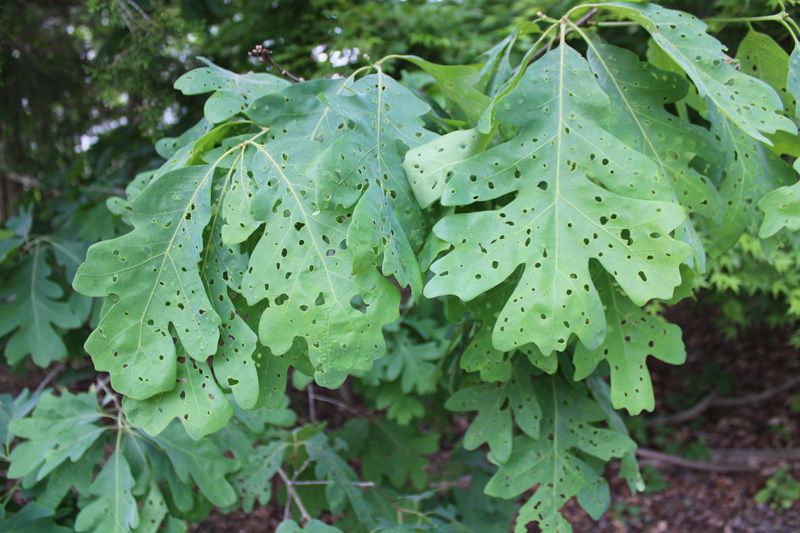
Shothole
Shothole
Common name
Shothole
Coryneum blight
Causal agent
Shothole is a fungal disease caused by a fungus belonging to the genus Wilsonomyces. It mainly infects prunus species, especially apricot.
Scientific name
Wilsonomyces carpophilus
Symptoms & Signs
Small purple or reddish spots with yellow margins appear on the stems, leaves, buds, and shoots. With time, the center of the spots turns brown and falls off, leaving spots on the foliage. It also causes early leaf drop, cankers on branches, and scabby lesions on the fruits. Due to infection, photosynthesis is reduced, causing generalized weakening of the plant. The brown spots on the buds also have tiny specks, constituting spores. These spores are exclusively present on shotholes and differentiate them from other diseases.
Transmission
Warm, wet weather helps spore production and spread to healthy plants. Wind, water, and infected equipment are among the most common methods of spore transmission. The fungus can germinate and grow in temperatures as low as 36°F (2°C).
Time of concern
Spring to fall
Common hosts
Almonds
Prune
Cherry
Catalina
Plums
Peaches
Nectarines
Apricots
